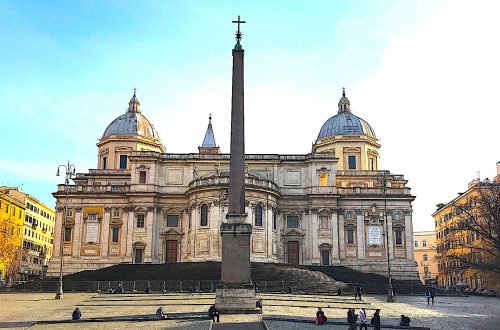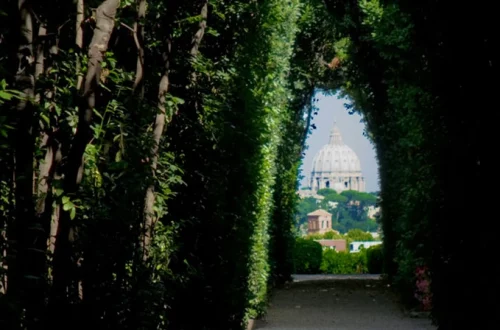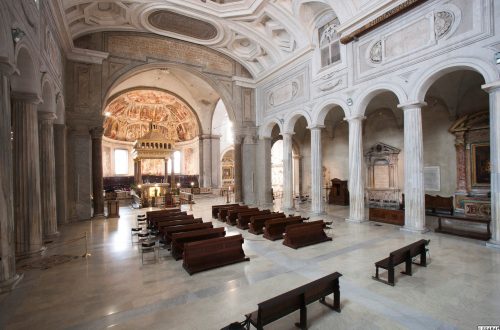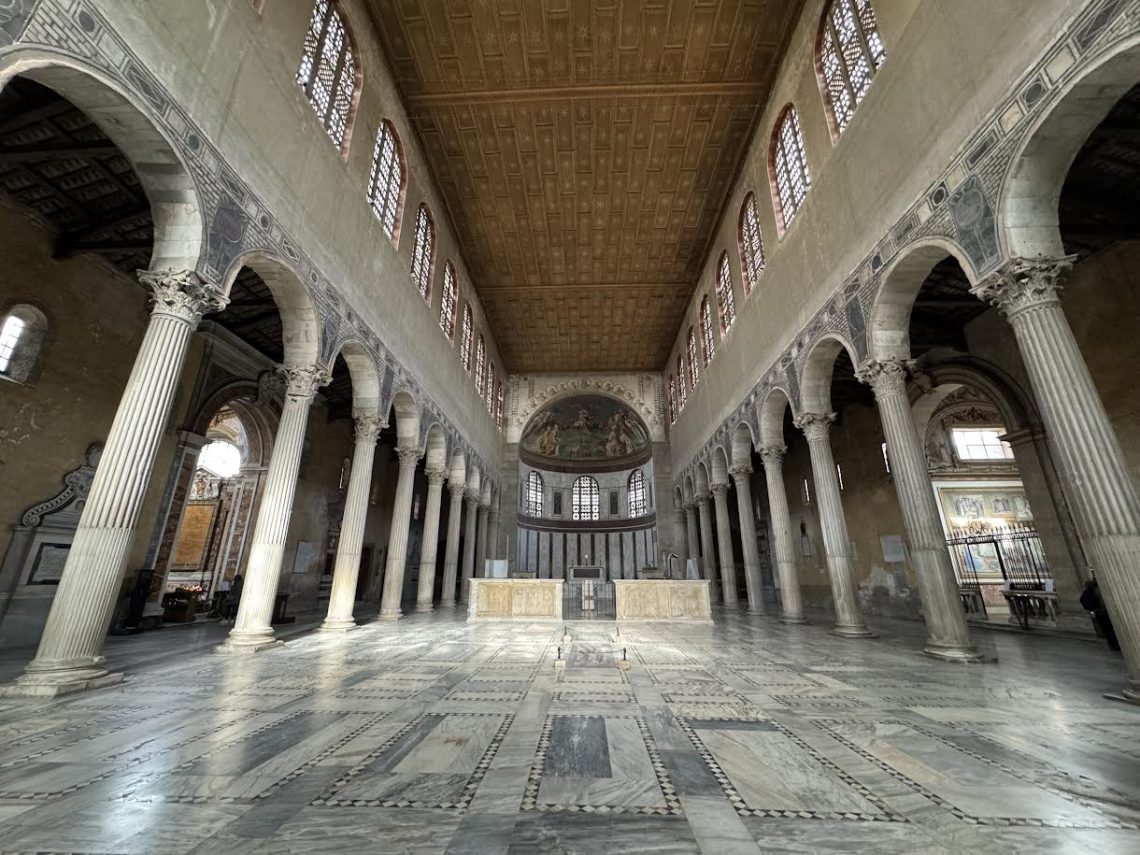
Santa Sabina in Rome
Santa Sabina in Rome: A Timeless Treasure of Early Christian Architecture
Perched atop the Aventine Hill, Santa Sabina is one of Rome’s most remarkable and best-preserved early Christian basilicas. Built in the 5th century, this stunning church stands as a testament to the architectural and artistic splendor of Late Antiquity. For history lovers, architecture enthusiasts, and pilgrims alike, Santa Sabina offers a captivating glimpse into Rome’s religious and cultural heritage.
History and Significance
Santa Sabina was constructed between 422 and 432 AD by the priest Peter of Illyria during the reign of Pope Celestine I. The basilica was built on the site of a Roman house, which, according to tradition, belonged to Saint Sabina, a Roman matron who converted to Christianity and was later martyred.
Throughout the centuries, the basilica has undergone several restorations and modifications. However, it has remarkably retained much of its original structure, making it one of the finest examples of early Christian architecture in Rome. It serves as the mother church of the Dominican Order, playing a pivotal role in the history of Catholicism.
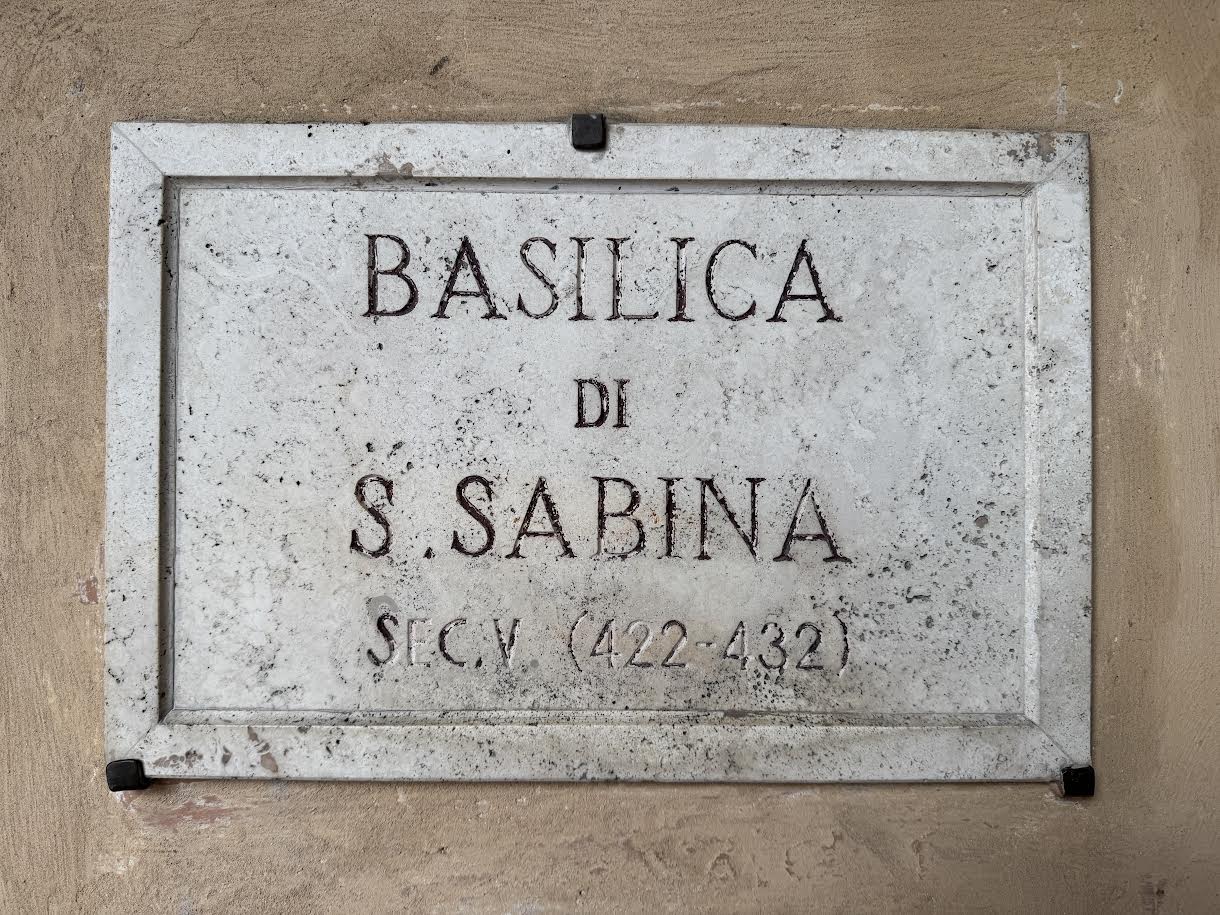
Architectural Marvels
Santa Sabina is celebrated for its simple yet majestic architectural style, characteristic of early Christian basilicas. The church features a rectangular nave flanked by two aisles, with a semicircular apse at the eastern end. Unlike later medieval churches that boast elaborate decorations, Santa Sabina exudes an elegant simplicity that emphasizes spatial harmony and light.
One of its most impressive features is the original 5th-century wooden door, which consists of 18 intricately carved panels depicting biblical scenes, including one of the earliest known representations of the Crucifixion. The nave’s clerestory windows, made of translucent selenite rather than stained glass, allow natural light to flood the interior, creating an ethereal ambiance.
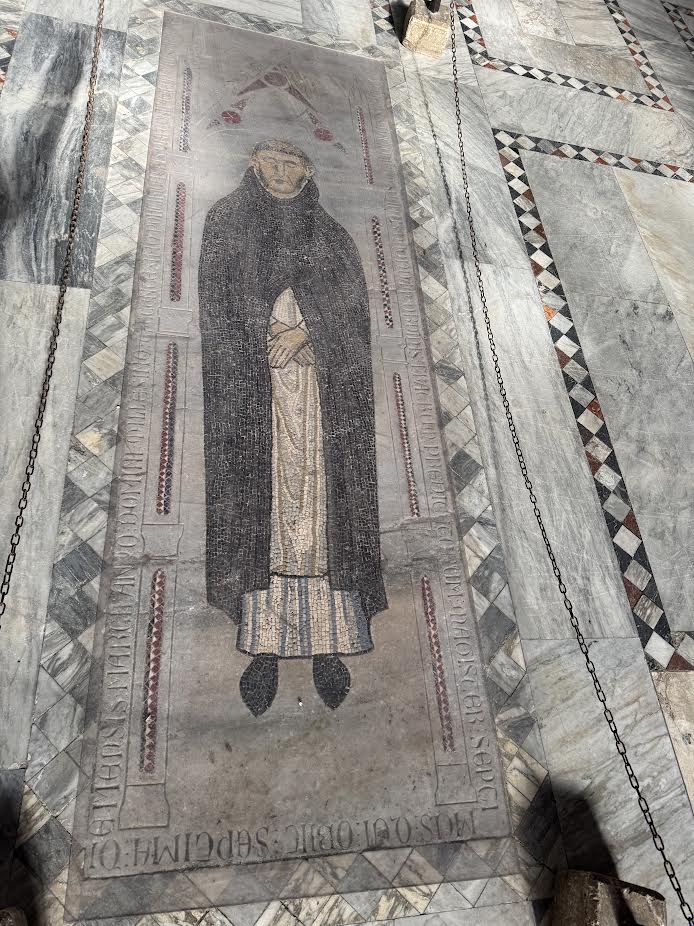
Artistic and Spiritual Legacy
Santa Sabina is not only an architectural gem but also a repository of significant artistic and spiritual elements. The Corinthian columns lining the nave were repurposed from a Roman temple, symbolizing the transition from pagan to Christian Rome. The apse, though sparsely decorated today, once held vibrant mosaics that have since been lost to time.
Additionally, the church holds a deep spiritual significance. It is a place of contemplation and prayer, famously associated with Saint Dominic, the founder of the Dominican Order, who lived here in the early 13th century. Today, it remains an active place of worship and a site of pilgrimage, especially during the Lenten season when the Pope visits as part of the Station Churches tradition.
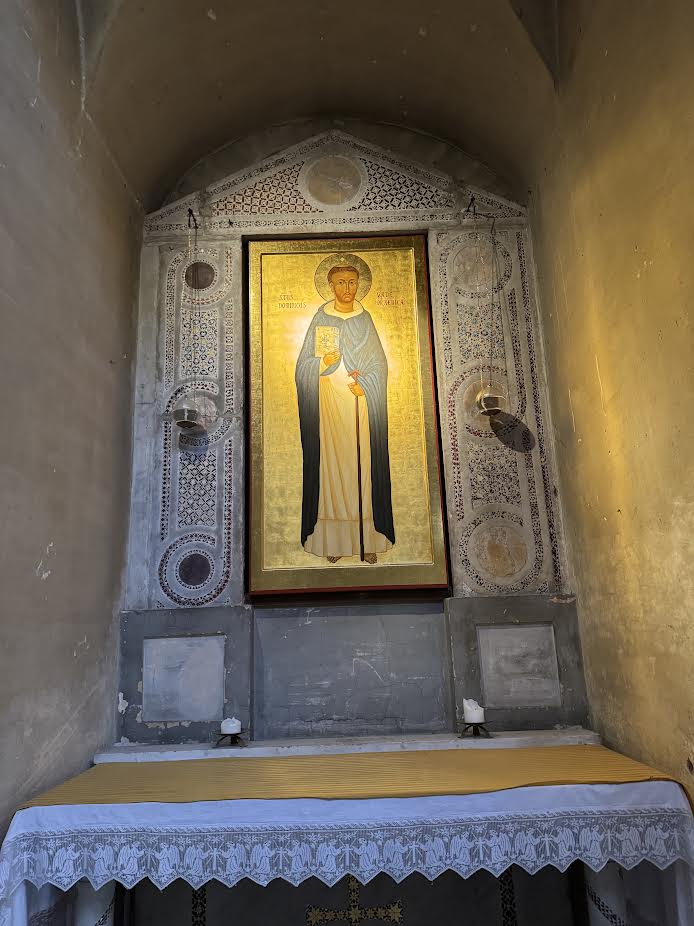
Visiting Santa Sabina
Santa Sabina is open to the public and free to visit. Located near the serene Orange Garden (Giardino degli Aranci), visitors can enjoy breathtaking panoramic views of Rome before stepping into the church’s sacred atmosphere. Whether you’re drawn by its historical significance, architectural beauty, or spiritual depth, Santa Sabina is a must-visit site that offers a unique perspective on Rome’s Christian heritage.
Conclusion
Santa Sabina stands as a timeless treasure, bridging the ancient past with the present. Its unaltered early Christian design, remarkable wooden doors, and spiritual ambiance make it one of Rome’s most compelling historic churches. Whether you are an avid historian, an architecture aficionado, or a pilgrim seeking a quiet moment of reflection, Santa Sabina promises a journey through history, faith, and artistic excellence.
Address:
Piazza Pietro D’Illiria, 1, 00153 Roma RM
![]()


